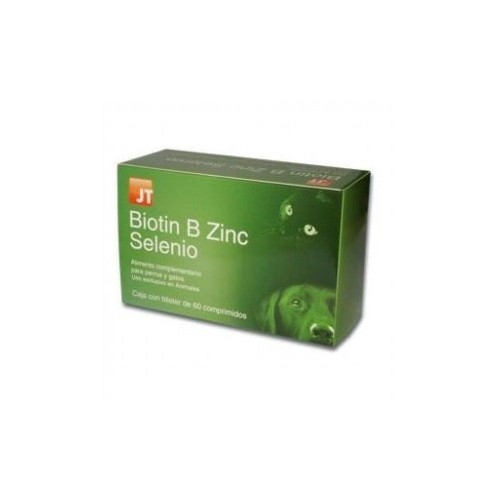
In persons with intact tympanic membranes. AminoglycosidesĪre also ototoxic in cats and primates, although apparently less toxicity occursĪn antifungal, Gentian violet has the potential for severe damage (Tom, 2000), and it's use seems generally unreasonable in persons with perforations.Ī recent review by Matz and associates (2004) provided the following generalĬonclusions: Numerous authors have shown vestibular or cochlear toxicity orīoth when neomycin/polymyxin B drops are used in patients with either tympanic Vosol also is ototoxic.Ī single dose of a commonly used preparation containing neomycin, hydrocortisoneĪnd polymyxin (Cortisporin) can destroy hearing in a rodent. (Roland et al, 2004).Tobramycin has been little studied and so far it has notīeen shown to be ototoxic in the few studies performed. In rodents, gentamicin toxocity hasīeen found to be "persistently, reliably, and significantly ototoxic"

Roland and others reviewedĦ1 articles concerning animal ototoxicity. There is clear evidence for toxicity in animals. (Adapted from Rutka, 2006) What evidence is there for toxicity ?

Coly-Mycin otic solution- Colistin sulfate 3mg/ml, hydrocortisone 10 mg/ml,.Gentamicin 0.3% (GOS, garasone) - contains gentamicin 3 mg/ml.Corticosporin otic solution (COS) - contains polymyxin B (10,000 U), neomycin.Otic preparations in common use (percentage use from Lundy and Graham, 1993): In part, this prescribing pattern may be related to the higher cost of non-toxic drops. The literature suggests that between 7 and 15% of children on Medicaid with tubes or new TM perforation are given ototoxic drops containing neomycin. Another possible route for antibiotics to reach the middleĮar is via an open mastoid cavity - this is generally post-surgical. The treater may not see the perforation, or might For example, in otitis externa, the ear canal may be so swollen that In some situations a perforation may be present but unknown to the treatingĭoctor.
#OTOMAX EAR DROPS PLUS#
As you can see below, numerous commonly used ear preparationsĮven drops given as "otic anticeptics", such as Burow's solution (acetic acid plus aluminum sulfate), has been reported to cause toxicity in animal models when delivered into the middle ear (Suzuki et al, 2012). Propylene glycol is an example (Morizono et al, 1980). Some of the solvents for the antibiotics have also been reported as being ototoxic. Neomycin is very toxic to the hearing part Gentamicin and streptomycin are toxic to the vestibular Examples of aminoglycosides are gentamicin, streptomycin, kanamycin, Has been focused on aminoglycoside antibotics, as many common ear drops contain

Have the potential to injure the inner ear. Some of the treatments given for various ear conditions, particularly infections, Drugs enter the inner ear via the round window (unlabeled). Entry into the middle ear generally requires a perforation in the eardrum, either from an injury, or a tube placed for ventilation (see below). For ear drops to cause ototoxicity they must enter the middle ear, and then the inner ear.
#OTOMAX EAR DROPS TRIAL#
Additional Disclaimer: This material is not written for legal use, including trial testimony.


 0 kommentar(er)
0 kommentar(er)
